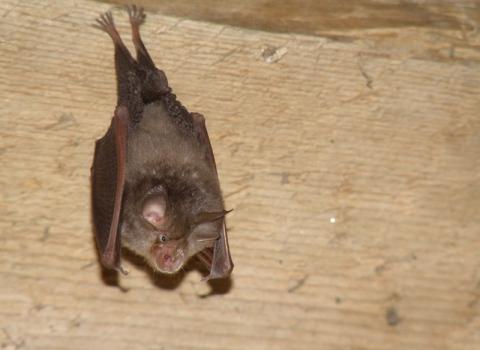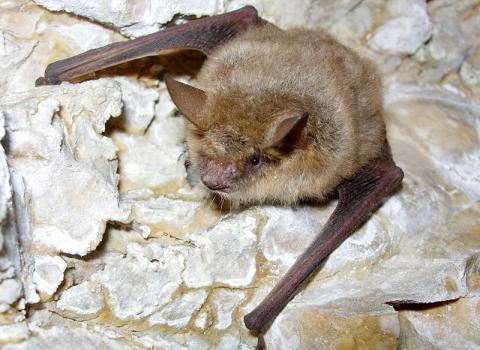Monitoring of bats
Do you need help with bats?
- If you have found a bat in danger
- If you think you have found a colony
- If you have found a dead bat
- If you have something to report
- If you have questions or curiosities
Please fill in the form on this page S.O.S. Pipistrelli
In the last decades, all the European species of "bats" had a significant decrease in number of specimens. There are various reasons for this downfall: habitats' loss, use of pesticides, obstacles caused by human activities and landscape change. These animals are extremely fragile and there is lack of knowledge about them: information about distribution, size and movements of the populations is not much and incomplete. Most of the areas used for their reproduction and/or overwintering are not known to us, preventing them from having an adequate conservation.
Researches on bat species conducted by the Network of Bondone Nature Reserves focused especially on four species of peculiar conservation interest: the greater horseshoe bat (Rhinolophus ferrumequinum); the lesser horseshoe bat (Rhinolophus hipposideros); the Mediterranean horseshoe bat (Rhinolophus euryale) and the greater mouse-eared bat (Myotis myotis). Data represent a significant contribution to the in-depth analysis, necessary to guarantee conservation and preservation actions in accordance with the law in force.
Concerned areas:
- Three Peaks of Monte Bondone
- Viote peat bog
- Vela ponds - Soprasasso
- Ravina ravine
- Palù
- Lamar lakes and abyss
- Ecological corridors
![]() Guidelines for the conservation of bats - Official Document ITA
Guidelines for the conservation of bats - Official Document ITA
![]() Visitor conduct guidelines ITA (218Kb)
Visitor conduct guidelines ITA (218Kb)

